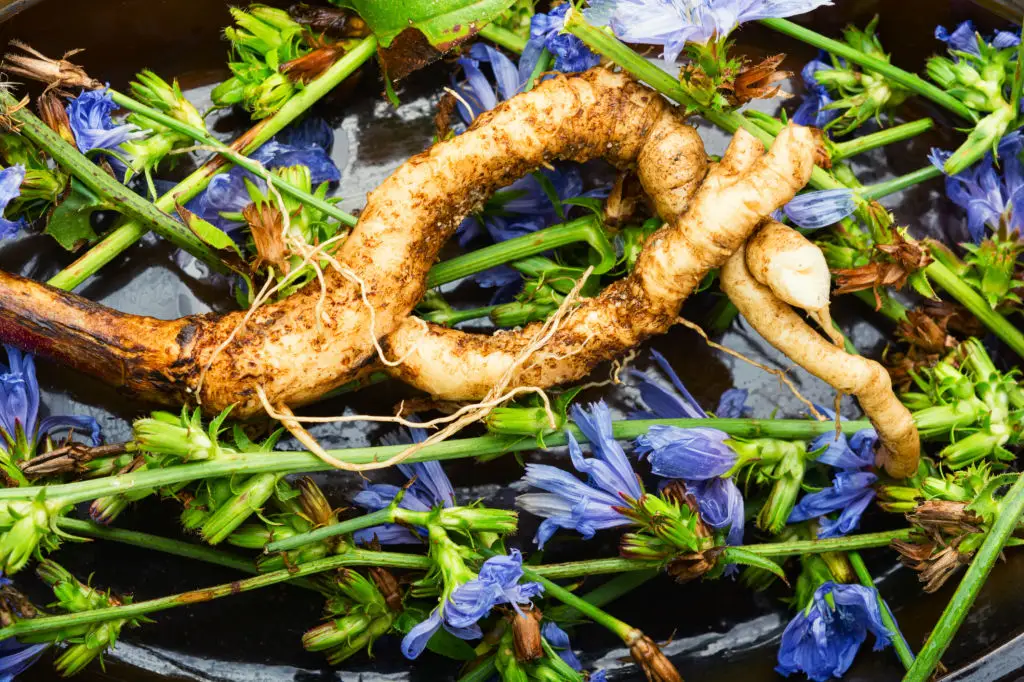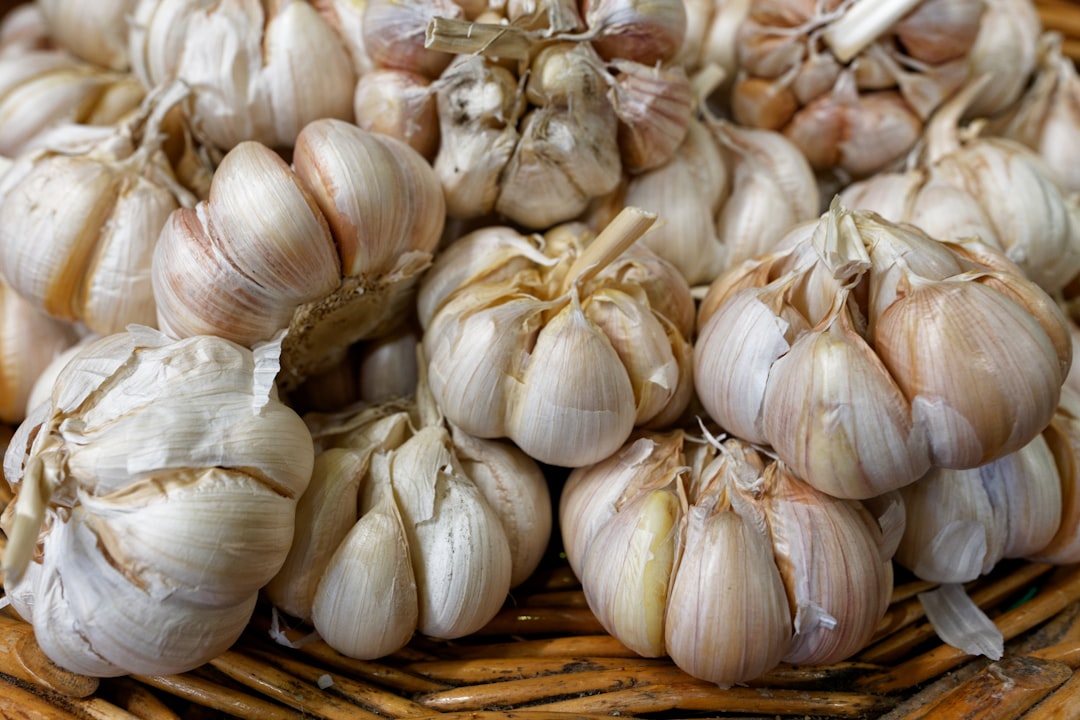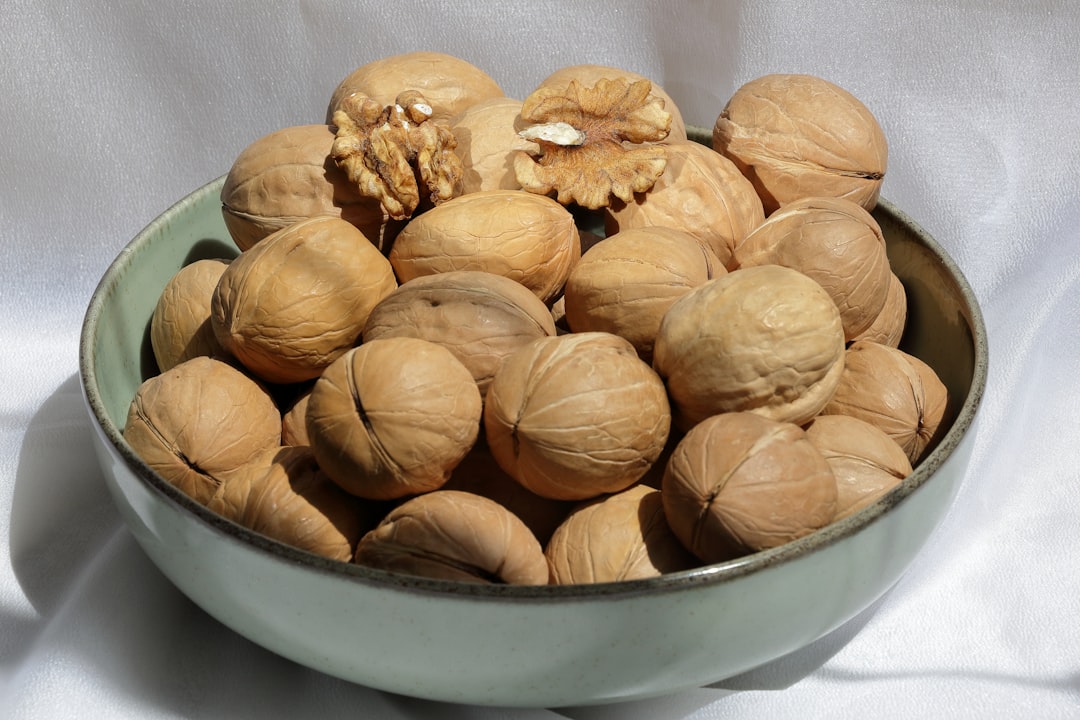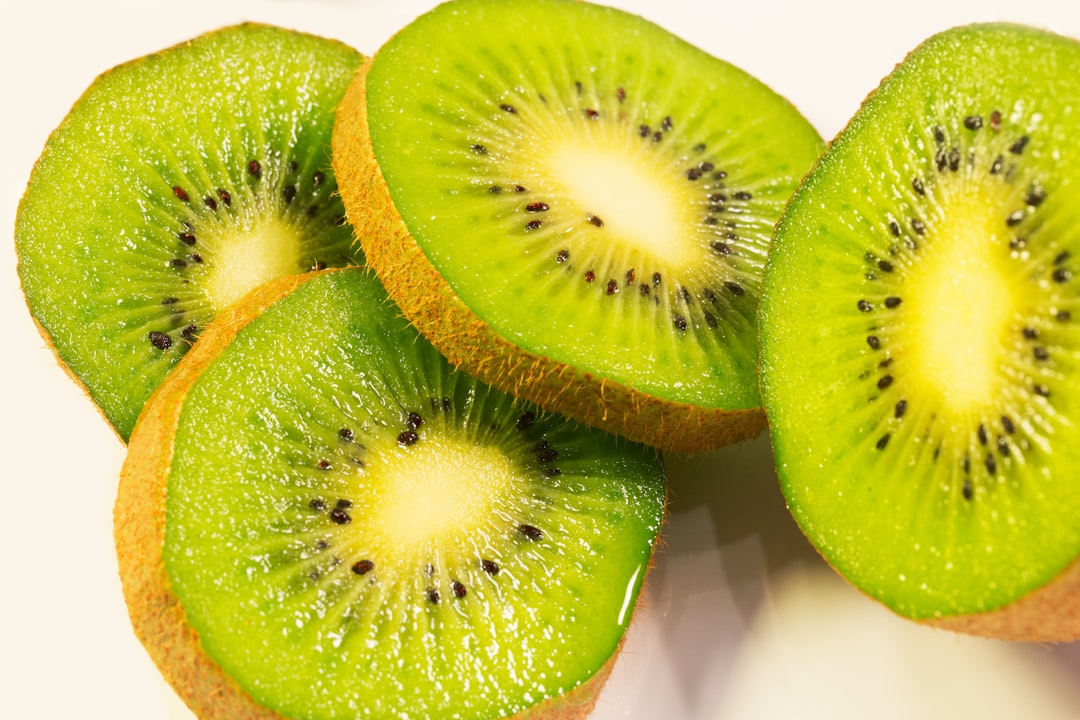11 Gut-Microbiome Superstars That Are Better Than Probiotics (and Where to Find Them)
Many people reach first for probiotic pills when they want a healthier gut. Food-based approaches often do more because they shape the gut environment in multiple ways. Whole foods supply prebiotic fibers, diverse microbes, digestive enzymes, polyphenols and anti-inflammatory nutrients that work together to nourish friendly bacteria long-term. Think of probiotics as a brief visit, while food creates a home for helpful microbes that can stay, grow and make beneficial compounds. This list lays out 11 evidence-backed, food-forward options you can add to daily life, with clear reasons they help, simple serving ideas, where to buy them, and safety notes to consider. Each item is chosen because it offers a different mechanism—some feed microbes directly, some improve digestion, and others lower inflammation so beneficial species can thrive. The tips below come from registered dietitians and clinicians who've studied the microbiome, and they focus on practical, gentle steps that fit into busy lives. Try one change at a time and treat these foods as ongoing habits rather than quick fixes. If you take medications or have digestive conditions, talk with your clinician before making big changes. Read on for 11 gut-microbiome superstars and easy ways to start using them.
1. Chicory Root — Inulin-Rich Prebiotic Powerhouse

Chicory root is one of the richest natural sources of inulin, a soluble fiber that acts as a prebiotic and feeds beneficial gut bacteria. Inulin resists digestion in the small intestine and arrives in the colon where microbes convert it into short-chain fatty acids like butyrate, which support the gut lining and reduce inflammation. Vogue’s coverage highlights chicory as a concentrated prebiotic source, with about 4.1 grams of inulin per serving in some preparations (Vogue, 2025). Practically, you can find chicory root as roasted "coffee" blends, powdered inulin for baking, or added fiber supplements at health-food stores and many supermarkets. Start with small amounts—one teaspoon of inulin powder mixed into yogurt or smoothies a few times per week—and increase slowly to avoid gas and bloating. People with sensitive digestion or severe IBS should proceed cautiously since fermentable fibers can trigger symptoms for some. An RDN-recommended approach is to rotate prebiotic sources, pairing chicory with lower-FODMAP fibers on alternating days. When you buy, look for minimally processed inulin products and check labels for added sugars. Chicory is a practical, potent way to feed beneficial microbes without relying solely on probiotic pills.
2. Garlic & Onions — Everyday Allium Prebiotics

Garlic and onions are familiar kitchen ingredients that also deliver meaningful prebiotic fibers called fructans, which nurture helpful bacteria. Vogue’s analysis cites garlic as providing roughly 2.1 grams of prebiotic fiber per three-clove serving, which can meaningfully change the food supply for your microbiome (Vogue, 2025). You can add raw or lightly cooked garlic to dressings, roasted vegetables, soups, and sauces; onions work well in sautés, salads, and slow-cooked dishes. For people new to prebiotics, start with small portions—half a clove or a few tablespoons of cooked onion—and build up over a couple of weeks to reduce gas. If you follow a low-FODMAP plan or have known sensitivities, cooked garlic-infused oil is a tolerated alternative that lets you enjoy flavor without the fructans. Buy fresh bulbs at grocery stores or farmers’ markets, and store them in a cool, dark place for best flavor. Registered dietitians often recommend using alliums regularly because they combine flavor with a reliable prebiotic boost, but they also caution that individuals with severe IBS or SIBO should consult their clinician before large increases.
3. Kefir — Fermented Dairy with Wide Microbial Variety

Kefir is a tangy fermented milk drink that typically contains a broader variety of bacterial and yeast strains than many single-strain probiotic supplements. Reporting from consumer outlets and fermentation experts notes that kefir can contain dozens of strains, offering a complex microbial blend that supports diversity in the gut (Yahoo, 2025). You can enjoy kefir as a daily beverage, swap it for milk in smoothies, or use it as a base for cold soups and dressings. One serving—about 1 cup—works well for most people, though those who are lactose intolerant often tolerate kefir better than milk due to the fermentation process. When shopping, choose refrigerated, unpasteurized (or minimally processed) kefir if you want live cultures; shelf-stable heat-treated kefir will have fewer viable microbes. Local dairies and many grocery chains carry refrigerated kefir in plain and flavored varieties—opt for plain versions to avoid excess sugar. People with dairy allergies should avoid milk-based kefir and consider water kefir or fermented coconut alternatives. As always, anyone with immune compromise should check with their healthcare provider before adding live-culture foods.
4. Sauerkraut & Kimchi — Lacto-Fermented Vegetables for Diversity

Lacto-fermented vegetables like sauerkraut and kimchi provide live lactic acid bacteria along with fiber and vitamins, which together encourage a diverse microbiome. These foods are made by fermenting cabbage and other vegetables, a process that yields a mix of microbes and acids that support digestion and slow-growing beneficial species. Enjoy small servings—one to two tablespoons daily as a condiment or side—with meals to add flavor and microbes without overwhelming the gut. For best results, look for refrigerated, unpasteurized varieties in the grocery store's refrigerated section or shop at farmer’s markets and specialty delis that offer fresh batches. Homemade fermentation is another option and lets you control salt and spice levels, but follow safe fermentation practices to avoid contamination. Be cautious if you have histamine intolerance or active digestive flares, since fermented foods can raise histamine for some people. Registered dietitians recommend introducing fermented vegetables slowly and pairing them with meals to ease tolerance while reaping their diversity benefits.
5. Resistant-Starch Foods — Green Bananas & Cooked-Cooled Potatoes

Resistant starch is a form of carbohydrate that resists digestion in the small intestine and arrives in the colon where microbes ferment it into beneficial short-chain fatty acids. Foods higher in resistant starch include slightly underripe (green) bananas and potatoes that have been cooked, cooled and then eaten cold or gently reheated. Nutrition experts like Lauren Manaker, RDN, highlight underripe bananas as an easy, portable source of resistant starch that supports the microbiome. A simple approach is to include one small green banana in a smoothie or snack rotation, or enjoy chilled potato salad made from cooked-cooled potatoes a couple of times weekly. Start modestly, since resistant starch can produce gas initially; a gradual increase over two weeks helps the gut adapt. You can find green bananas at most grocery stores and prepare cooled potato dishes at home for better control. For those with blood sugar concerns, balance portions and pair resistant-starch foods with protein and healthy fats to blunt glucose spikes. Resistant starch is a practical tool for feeding beneficial microbes without supplements.
6. Oats — Beta-Glucan for Microbial and Barrier Support

Oats provide beta-glucan, a soluble fiber that functions as a prebiotic and supports both the microbiome and gut barrier health. Beta-glucan is linked to increased beneficial bacteria and may help moderate blood sugar and cholesterol, making oats a multi-benefit choice for older adults and anyone focused on steady nutrition. Try one serving—about half a cup cooked—each morning as porridge, overnight oats, or added to smoothies. Preparing oats with milk or plant-based milk and topping them with nuts and berries adds healthy fats and polyphenols for broader microbial support. Buy whole or steel-cut oats from grocery stores and bulk bins for better texture and nutrition versus highly processed instant varieties. Those with celiac disease should buy certified gluten-free oats to avoid cross-contamination. Dietitians often recommend oats as a gentle, everyday prebiotic that fits many eating patterns and supports long-term microbiome health.
7. Chickpeas & Other Legumes — Fiber-Rich Microbiome Fuel

Chickpeas and legumes deliver a mix of prebiotic fibers and resistant starch that feed beneficial bacteria while providing protein and micronutrients. Data referenced in Vogue note that one cup of cooked chickpeas contains about 2.1 grams of prebiotic fiber and 12.5 grams of total fiber, making them a substantial daily contributor to gut health (Vogue, 2025). Incorporate chickpeas as hummus, roasted snacks, or tossed into salads and soups two to four times per week, aiming for a half to one cup per serving. Canned chickpeas are convenient—rinse them to lower sodium—or cook dry beans for texture and cost savings. If legumes cause gas, start with smaller portions and try soaking or using digestive enzyme techniques that can reduce fermentable compounds. For people following low-FODMAP guidance, some legumes are better tolerated in smaller amounts; check with a dietitian if you're unsure. Legumes are a cost-effective, nutrient-dense way to nurture microbial diversity consistently.
8. Walnuts — Omega-3-Rich Nuts That Support Microbial Health

Walnuts are a standout nut for microbiome support because they supply plant-based omega-3s and compounds that encourage production of beneficial postbiotics by gut microbes. Clinical discussions and Dr. Ruscio’s guidance highlight walnuts for their link to microbial diversity and postbiotic formation, which can support gut and metabolic health (Dr. Ruscio, 2025). A typical serving is about one-quarter cup (roughly a small handful); add them to salads, oats, yogurt, or enjoy them alone as a snack. Buy raw or dry-roasted walnuts without added salt or sugar and store them in the refrigerator to protect oils from rancidity. Be mindful of tree nut allergies and portion control, as nuts are calorie-dense. Including walnuts several times a week offers healthy fats plus a microbiome-friendly boost that supplements alone rarely replicate because whole foods provide matrix effects and nutrients that work together.
9. Kiwi — Natural Digestive Enzymes for Regularity

Kiwi brings a unique combination of fiber and natural enzymes that support digestion and bowel regularity, making it a useful food for people struggling with occasional constipation. Small clinical studies and expert reviews have shown that eating two small kiwis daily can help improve stool frequency and consistency, outperforming some traditional remedies in controlled comparisons (Dr. Ruscio, 2025). Enjoy a kiwi peeled and sliced with breakfast, blended into smoothies, or paired with yogurt for a refreshing, digestive-friendly snack. Kiwis are widely available year-round in most US grocery stores and farmers’ markets; choose firm fruits for later ripening or slightly soft fruits for immediate eating. People with kiwi allergies should avoid it, and those with very sensitive mouths may find the seeds or texture irritating; in that case, try cooked fruit alternatives. For many readers, a small daily habit of kiwi adds both pleasurable flavor and practical digestive support.
10. Turmeric + Black Pepper — Anti-Inflammatory with Better Absorption

Turmeric’s active compound, curcumin, has anti-inflammatory properties that can help calm gut inflammation and create a more welcoming environment for beneficial microbes. Clinicians like Dr. Michael Ruscio emphasize pairing turmeric with black pepper (which contains piperine) to dramatically increase curcumin’s absorption and practical benefit. Use fresh turmeric root grated into curries, soups, or salad dressings, and add a pinch of black pepper or a splash of healthy fat like olive oil to enhance uptake. Turmeric tea, golden milk, and blended smoothies are easy ways to include it daily; aim for culinary amounts regularly rather than large one-off doses. If you consider concentrated supplements, discuss dosing with your clinician—curcumin can interact with blood thinners and some medications. Green tea and polyphenol research also reinforces how anti-inflammatory compounds support microbial balance, so pair turmeric with polyphenol-rich foods for broader effect (AOL, 2025). Turmeric is a practical, flavorful step toward lowering gut inflammation.
11. Polyphenol-Rich Foods — Berries, Grapes & Dark Chocolate

Polyphenols are plant compounds that selectively support beneficial microbes and can inhibit harmful strains; studies show polyphenol intake increases microbial diversity and favorable metabolic outputs. Recent research noted that grape polyphenols were associated with increased beneficial microbe diversity in human feeding studies (AOL, 2025). Practical choices include berries, grapes, apples, green tea, and modest portions of dark chocolate; include a cup of mixed berries with breakfast or a small serving of dark chocolate a few times weekly. These foods also add antioxidants and vitamin C that support the gut lining and overall health. Buy fresh or frozen berries year-round, choose plain dark chocolate with high cocoa content to avoid excess sugar, and favor whole fruits over sweetened juices. People with fructose sensitivity or certain digestive conditions should tailor servings and consult a clinician. Polyphenol-rich foods complement prebiotics and fermented foods by shaping the microbial ecosystem in a way supplements alone rarely replicate.
Final Steps: Build Variety, Start Small, and Keep Going

Whole foods give the microbiome more than single-strain probiotic pills can: they offer prebiotic fibers, live cultures, enzymes, anti-inflammatory compounds, and polyphenols that work together over time. The smartest approach is variety—rotate prebiotic-rich foods like chicory, garlic, oats and legumes with fermented choices such as kefir and sauerkraut, and add digestive helpers like kiwi plus anti-inflammatory spices like turmeric. Practical next steps include introducing one new item per week, tracking how you feel, and adjusting portion sizes to reduce digestive discomfort. Buy fresh ingredients at grocery stores, farmers’ markets and reputable online retailers; choose refrigerated fermented products with live cultures when possible. If you have digestive disorders, histamine intolerance, or take medications, consult your healthcare provider before changing your diet significantly. These food-first moves are realistic habits you can keep long-term, and they build a microbiome that supports digestion, energy, and overall wellbeing. Small, consistent choices often beat a dramatic one-time fix, and over weeks to months you’ll likely notice steadier digestion and more energy. For personalized guidance, a registered dietitian or clinician can help tailor servings and timing to your needs.
